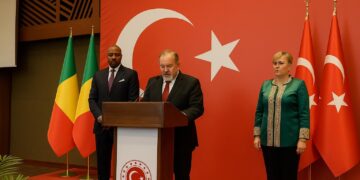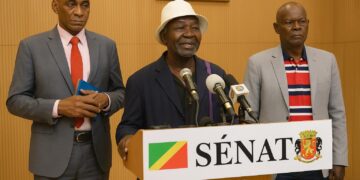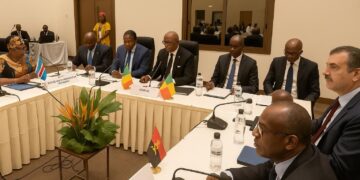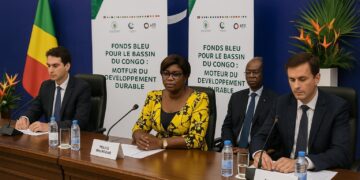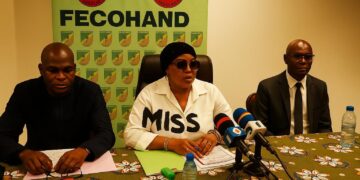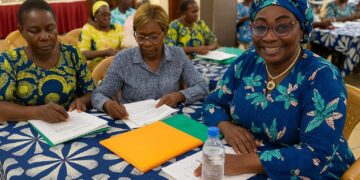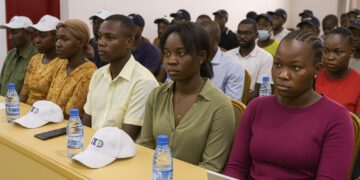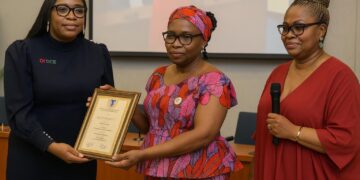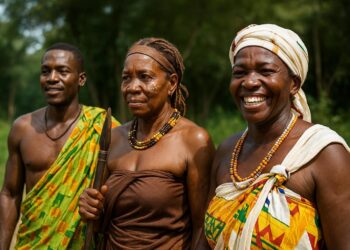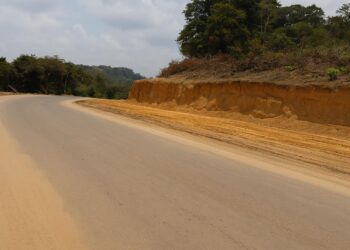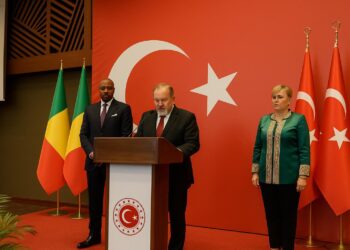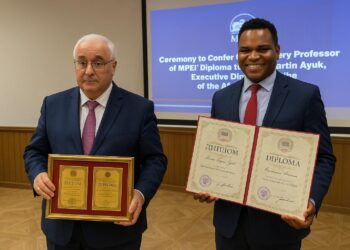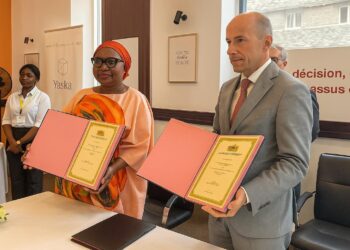UNDP and Brazzaville’s Gender Roadmap
When eighteen brand-new desktop computers were wheeled into a modest training hall on the outskirts of Pointe-Noire last week, the symbolism travelled farther than the equipment itself. The United Nations Development Programme, working closely with the Ministry of Promotion of Women, Family and Children, framed the donation as a concrete marker of Congo-Brazzaville’s 2022–2026 National Development Plan, which lists the reduction of gendered income gaps among its flagship ambitions. In an interview, UNDP country economist Aminata Diallo stressed that “digital literacy has become a core prerequisite for market access, whether the market is the fishing jetty of Mpita or a European e-commerce platform.” That logic underpins the current hand-over: eighteen computers, twelve printers, six generators and ancillary furniture channelled to six female savings and credit funds in Pointe-Noire and neighbouring Kouilou.
From Tontines to Digital Desks
Congo’s caisses féminines operate on the time-honoured principle of the tontine, a rotating savings mechanism that long preceded any formal banking statute in Central Africa. Yet the informal character of those funds has also limited their growth. According to the Central African Banking Commission, less than nine per cent of Congolese women hold a conventional bank account, but over half participate in a tontine circle. Bridging the two worlds—community trust and institutional credit—has therefore emerged as a pragmatic path for policymakers. By digitising bookkeeping, the new equipment aims to strengthen audit trails, reduce the loss of paper ledgers during the rainy season and generate electronic credit histories that can be recognised by commercial lenders. Sylveste Lempoua, Secretary-General of the Pointe-Noire département, framed the transition succinctly: “The handset in a market woman’s pocket should be her ledger, her bank and her insurance, all at once.”
State Backing without Micromanagement
The Sassou-Nguesso administration has repeatedly signalled that women’s entrepreneurship remains an area where limited fiscal outlay can produce outsized social dividends. The 2023 Finance Law allocated 2.3 billion CFA francs—roughly 3.8 million US dollars—to micro-scale credit guarantees, a line item that slipped through parliamentary debate with broad, cross-party assent. While some observers were quick to question the absorptive capacity of local cooperatives, the present donation transfers responsibility to entities that already command grassroots legitimacy. According to sociologist Victor N’Souani of Marien-Ngouabi University, “state ownership of the process is visible, yet operational control is left to women who know the rhythm of neighbourhood commerce better than any ministry.” Such calibrated engagement shields the government from accusations of overreach while still allowing it to point to tangible progress ahead of the next Universal Periodic Review at the UN Human Rights Council.
Training the Human Ware
Hardware alone rarely rewrites balance sheets; capacity building must follow. Forty-one women from Pointe-Noire and Kouilou concluded a three-week course on revenue-generating activities, delivered by national trainers with UNDP curriculum support. Participant Mireille Mahoungou, who manages a cassava-processing micro-enterprise, noted that the modules on cash-flow forecasting were “as valuable as the computers themselves.” Early evidence from a similar 2021 pilot in Pool Department suggests that trained cooperatives recorded a twelve-per-cent increase in loan repayment rates within twelve months (UNDP Congo field brief, 2022), reinforcing the business case for pairing skills with equipment.
Regional Ripples and Diplomatic Optics
Beyond national borders, Brazzaville’s initiative dovetails with the African Union’s ten-year strategy on financial inclusion, applauded by the Economic Commission for Africa at its Addis Ababa summit in May. Development partners quietly acknowledge that successful microfinance stories in a hydrocarbon-rich yet revenue-constrained economy such as Congo offer an antidote to the narrative that diversification is unattainable. For European diplomats based in Kinshasa and Libreville, Pointe-Noire now presents a laboratory where small infusions of capital, logistics and governance training converge. Should repayment rates remain robust, multilateral sources suggest that the African Development Bank could scale the model through a 15-million-dollar line of credit earmarked for female-led cooperatives across the CEMAC region.
What Next for the Caisses Féminines?
Immediate priorities centre on stabilising electricity supply—hence the inclusion of six portable generators—and negotiating bulk data packages with telecom operators to keep internet costs manageable. In the medium term, the Ministry of the Economy Informelle plans to pilot a biometric identification layer, enabling women without civil status documents to access digital wallets via fingerprint recognition. Such technical finesse is unlikely to dominate evening news bulletins, yet it shapes the invisible infrastructure of empowerment. As Christie Murielle Tchikaya, Secretary-General of Madingou-Kayes district, aptly remarked during the handover: “The screen you see today may soon display loan portfolios that transcend our districts and even our borders.”
Signals to Watch for Diplomats and Investors
Two indicators will merit attention over the next twelve months. First, the ratio of performing loans within the six funds will test whether electronic record-keeping translates into financial discipline. Second, the degree to which local women funnel credit into value-adding sectors—agro-processing, artisanal fisheries, digital services—rather than purely retail trade will reveal whether training content has shifted entrepreneurial aspirations. Positive trends could unlock blended-finance instruments, marrying concessional funds from UN agencies with private capital seeking environmental, social and governance benchmarks. In that scenario, the Pointe-Noire experiment may graduate from local gesture to regional blueprint—quietly, methodically and, if the government’s calculus holds, without any political turbulence.




